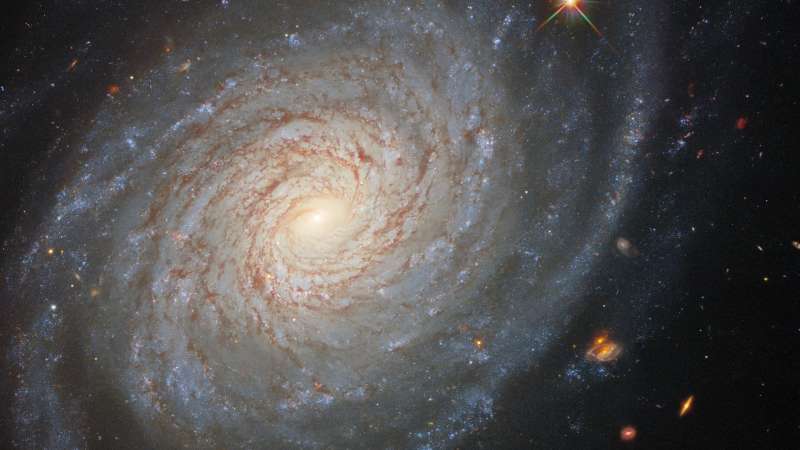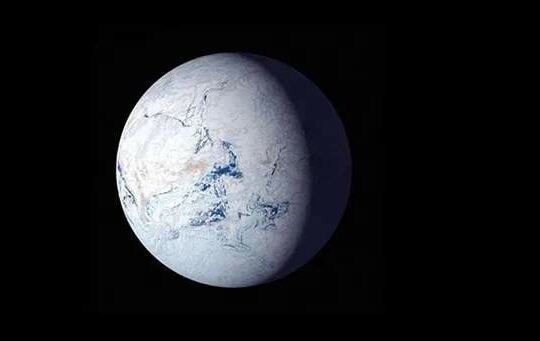Astrophysics Medium-Class Explorer mission number two has been selected by NASA.
The goal of the 2030 launch of the UltraViolet EXplorer (UVEX) is to conduct an all-sky survey in ultraviolet light, which will lead to new insights into the evolution of stars and galaxies.
Quickly pointing toward sources of ultraviolet light is part of the design of the space observatory. The explosions that follow gravitational waves from merging neutron stars are examples of violent cosmic events that will be captured by it, according to NASA officials.
For the purpose of researching massive stars and stellar explosions, it will also have an ultraviolet spectrograph.
The mission’s selection was announced on February 13 by Nicola Fox, associate administrator of the Science Mission Directorate at NASA Headquarters in Washington. “NASA’s UVEX will help us better understand the nature of both nearby and distant galaxies, as well as follow up on dynamic events in our changing universe,” Fox said.
“This mission will bring key capabilities in near-and far-ultraviolet light to our fleet of space telescopes, delivering a wealth of survey data that will open new avenues in exploring the secrets of the cosmos,” she stated.
Astronomers will be able to create a map of the universe across a range of light wavelengths with the aid of UVEX’s observations as well as those of other current and planned space survey missions, such as NASA’s Nancy Grace Roman Space Telescope and the European Space Agency’s Euclid.
According to Mark Clampin, director of NASA Headquarters’ Astrophysics Division, “this new telescope will contribute to our understanding of the universe across multiple wavelengths and address one of the major priorities in astrophysics today: studying fleeting changes in the cosmos.”
The primary mission lifetime of UVEX will be two years. Due to financial, the mission’s 2030 launch date represents a two-year delay, according to SpaceNews.
The chief scientist for the mission will be Fiona Harrison, an astronomer at the Pasadena, California Institute of Technology. The Space Dynamics Laboratory, Northrop Grumman, and the University of California, Berkeley are among the partners. With launch costs excluded, UVEX will come with a price tag of about $300 million.
As the oldest running NASA program, the Explorers Program is committed to providing regular, affordable access to space through principal investigator-led space science investigations.





